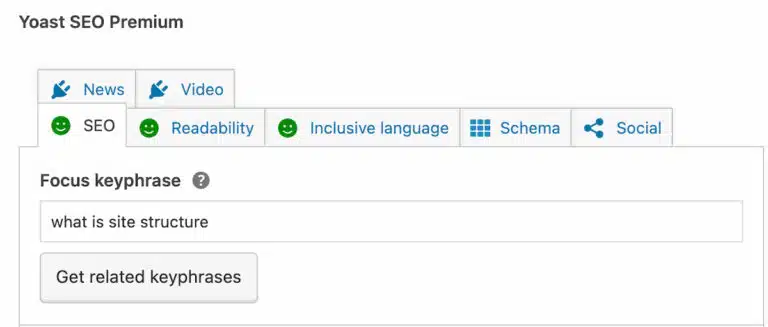Elevating Your SEO Game: 5 Minutes to Success
When it comes to enhancing your website’s visibility in search results, we all know it’s not a walk in the park. But fear not! Even if you’ve been diligently following SEO best practices, We’re here to reveal a quick, high-impact, low-effort 3-step process that can skyrocket your SERP rankings.
Lay the SEO Foundation Right
Before delving into the main steps to elevating your SEO game in just 5 minutes, it’s crucial to lay down a solid SEO foundation. There are various ways to optimize your site, including regular audits, addressing technical issues and implementing a keyword strategy for fresh content. These fundamentals are non-negotiable. They form the basis that search engines seek before considering your website worthy of a spot in the search results.
The Overlooked Power of These 3 SEO Steps
The following three steps are not some closely guarded secrets; they are fundamental SEO best practices. However, they often get overlooked in the hustle and bustle of digital marketing. These steps can work wonders in driving traffic and generating leads.
1. Revamp Your H1 Tag
Your H1 tag is the headline at the top of each page, serving the dual purpose of informing users about the page’s content and signaling to search engine crawlers the main topic of the page. Always ensure your primary keyword phrase is in your H1 tag. Remember, there should be only one H1 tag per page, and it must be marked as an H1 with <H1> before and </H1> after. Subtopics can be marked as H2 tags, aiding crawlers in understanding your content.
2. Optimize Your Meta Title and Description
While building a new page, meta titles and descriptions can be generated automatically, or Google might pull content from your webpage to create organic listings. However, omitting your target keyword phrase in your metas is a missed opportunity. Search engine crawlers rely on metas to identify your page’s main topic. Include your primary keyword in your meta title, and if possible, integrate it into your meta description. Placing it at the beginning is even more advantageous.
3. Incorporate Your Target Keyword in Page Content
Utilize your primary keyword within your page content, but ensure it appears naturally around 3 to 4 times. Avoid keyword stuffing, as it can negatively affect your ranking. Focus on providing valuable and readable content for your users, placing keywords where they fit seamlessly.
4. (Bonus!) Implement Contextual Links
If you’ve completed the first three steps and still have some spare minutes, consider adding a contextual link or two. Go to a related page on your website and find a spot where your keyword is already present or add it in a way that makes sense for your readers, linking back to your updated page. Make sure to use the exact keyword phrase to help crawlers connect it to your page.
What to Expect in Terms of Rankings
After applying these steps to priority keywords, we’ve witnessed SERP improvements in as little as two weeks or as long as several months. The timeline can vary because you’re not just impressing Google; you’re also competing for attention among other websites targeting the same keyword. Additionally, search volume and keyword competitiveness play a role.
Don’t wait for a big chunk of time; start implementing these strategies on a few pages whenever you can. Remember, doing something is better than nothing. If you need more assistance with SEO or have questions, contact us. Your journey to improve SEO rankings begins now!

